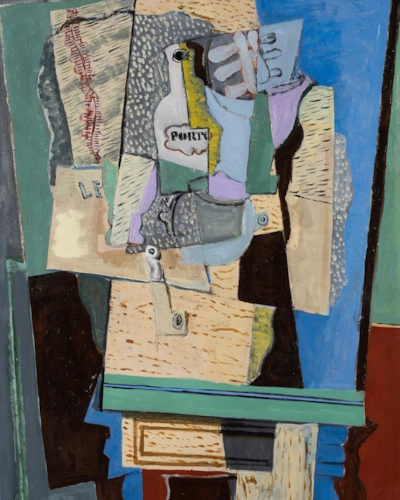Blanche Hoschedé Monet
(1865 - 1947)
biography
Painting from the age of eleven, Blanche spent long hours en plein air with Claude Monet and visited the studio of Édouard Manet. Aged seventeen she became Monet's assistant and only student at Giverny in Normandy, often carrying his easel and canvases on a wheelbarrow, continuing to paint beside. During this period, painting trips were undertaken with the American expatriates Theodore Earl Butler and John Leslie Breck. Yet Monet halted a burgeoning romance that developed between Blanche and Breck whilst at the same time allowed Butler to marry Blanche’s sister Suzanne in 1892. In 1897 however Blanche married Monet’s eldest son (her step-brother) Jean Monet, who worked as a chemist for his uncle Léon Monet.
Most of Blanche's works were created in the Impressionist style at Giverny in between 1883 and 1897; often landscapes with trees and meadows beside the River Risle. Indeed, the art dealer Paul Durand-Ruel purchased Blanche’s painting Haystack that is currently on display at Giverny. Thanks to Monet’s encouragement, Blanche often exhibited her work at the Salon des Indépendants and the Salon de la Société des Artistes Rouennais. Today her work features in many private international collections and in several national museums in France.
Upon the death of her mother in 1911 and the protracted death of her husband in 1914, Blanche took over the care of her father-in-law and his household, watching over him as his eyesight began to fail. The politician and friend Georges Clemenceau called her Monet's "Blue Angel". During the 1920s, she painted on several occasions at Clemenceau's house on the west coast of France depicting the house, the garden and the Atlantic Ocean. After Monet's death in 1926, and for twenty years until her own in 1947, she took on the responsibility of the house and gardens at Giverny, and continued painting.
biography












